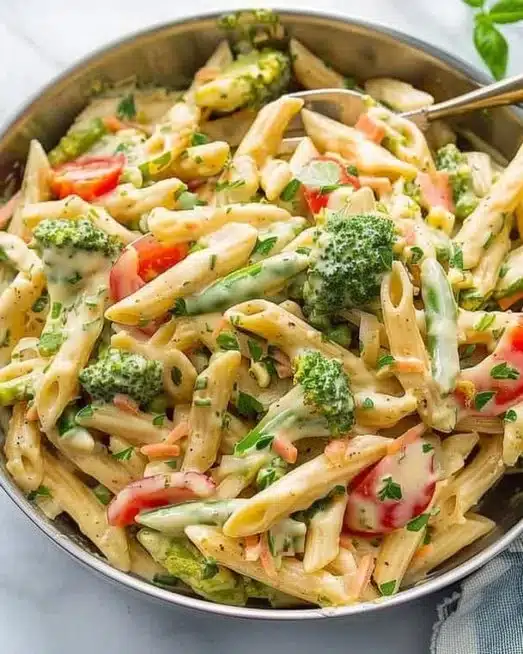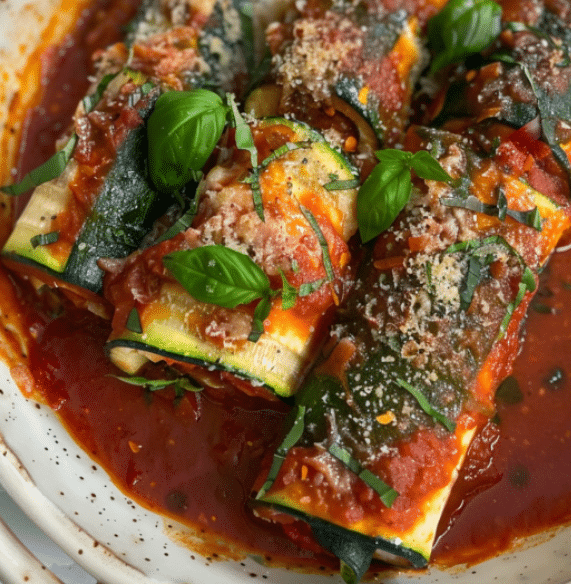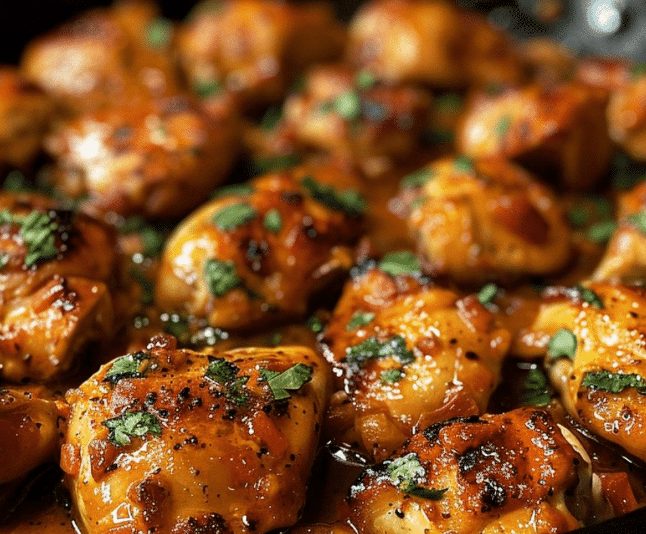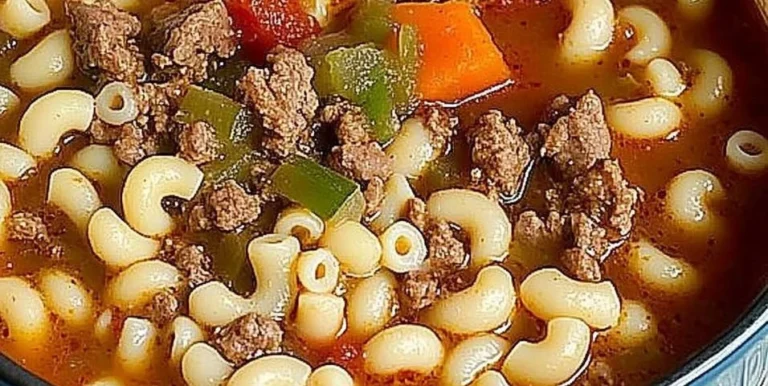The Ultimate Guide to Vegetable Casserole: Recipes, Variations & Tips
Vegetable casserole is the ultimate comfort food. It’s warm, hearty, customizable, and packed with nutrition—perfect for both busy weeknights and festive holidays. Whether you’re a vegetarian looking for a filling main dish or just need a flavorful side, a vegetable casserole delivers on both taste and simplicity.
Table of Contents
What makes this dish so loved is its flexibility. From the types of vegetables used to the cheesy toppings and crunchy textures, this dish evolves with your pantry and preferences. And it’s a great way to introduce picky eaters to more greens in a delicious, creamy way. For a closer look at the nutritional value of vegetables, you can refer to the USDA Vegetable Nutrition Chart for insights on what each veggie brings to the table.
Speaking of customization, one of the most debated components is cheese. Some home cooks go for processed options like Velveeta for nostalgia, while others prefer fresh cheeses like cheddar, Parmesan, or even ricotta. To understand which cheese fits your needs, take a peek at the Guide to Cheese Varieties from Wisconsin Cheese.
Core Components of a Vegetable Casserole
Building a classic vegetable casserole starts with understanding its essential components:
- Vegetables: Fresh, frozen, or roasted varieties like broccoli, cauliflower, carrots, zucchini, spinach, and peppers
- Binders: Cream sauces, cheese, or even egg mixtures to hold everything together
- Toppings: Crushed crackers, breadcrumbs, shredded cheese, or chopped nuts for crunch
- Baking base: A standard casserole or baking dish—usually 9×13 inches

Best Vegetables to Use
Some vegetables hold up better in casseroles due to their texture and water content. Here are great options to mix and match:
- Broccoli and cauliflower – great for bulk and texture
- Carrots – add sweetness and color
- Zucchini and eggplant – ideal for Mediterranean flair
- Spinach – wilted and mixed for added greens
- Bell peppers – bright flavor and crunch
You can use either fresh or frozen. If using fresh vegetables, be sure to blanch or sauté them before baking.
Cheese Choices for Creaminess
Cheese is the binder that transforms your vegetable casserole from good to unforgettable. Here are some favorites:
- Velveeta – melts smoothly for that nostalgic taste
- Cheddar – sharp and flavorful, a great traditional pick
- Parmesan – adds a salty, nutty finish
- Ricotta or feta – creamy and tangy for Mediterranean styles
- Homemade cheese sauces – using milk, butter, flour, and shredded cheese
Mix and match cheeses to suit your flavor profile or dietary needs.
Step-by-Step Classic Vegetable Casserole Recipe
Here’s a basic recipe that’s easy, flavorful, and serves 10–12:
Ingredients:
- 3 lbs frozen broccoli, carrots, and cauliflower mix
- 1 package Velveeta or 2 cups shredded cheddar cheese
- 1 roll Ritz crackers (or breadcrumbs)
- ¼ cup butter (melted)
- Salt, pepper, garlic powder to taste
Instructions:
- Preheat oven to 350°F (175°C).
- Microwave the frozen vegetables for 10–15 minutes until thawed and warm.
- Transfer vegetables to a greased 9×13-inch casserole dish.
- Layer sliced Velveeta or sprinkle cheddar cheese evenly over the vegetables.
- In a bowl, combine crushed crackers and melted butter, then spread on top.
- Bake for 30–40 minutes, until the top is golden and bubbling.
Substitutions & Customization Tips
Make this recipe work for any dietary plan or taste preference:
- Gluten-free: Use gluten-free breadcrumbs or crushed rice crackers
- Vegan: Substitute with plant-based cheese and vegan butter
- Low-carb: Swap crackers with chopped almonds, pecans, or walnuts
- High-protein: Add quinoa, lentils, or even tofu cubes
Make-Ahead and Storage Tips
Vegetable casseroles are meal-prep friendly. You can make it ahead or enjoy leftovers throughout the week:
- Prepare the casserole up to 24 hours ahead and refrigerate unbaked
- Store cooked leftovers in an airtight container in the fridge for 4 days
- Reheat at 350°F until warmed through
- Freeze in portions and reheat from frozen or thaw overnight
For more best practices, check out this helpful guide on how to freeze casseroles from The Kitchn.
Regional and International Variations
You can take your casserole around the world without leaving your kitchen:
- Mexican-style: Add corn, black beans, jalapeños, and pepper jack cheese
- Italian-style: Mix in marinara sauce, ricotta, and mozzarella
- French ratatouille: Use thinly sliced eggplant, zucchini, and tomatoes with herbs de Provence
Holiday & Seasonal Ideas
Switch up your ingredients for seasonal events:
- Thanksgiving: Include butternut squash or sweet potatoes
- Summer: Use zucchini, corn, and cherry tomatoes
- Spring: Add peas, leeks, and asparagus
Common Mistakes to Avoid
Here are pitfalls to watch for:
- Overcooking vegetables before baking—leads to mushiness
- Using too much sauce or liquid—makes the dish soggy
- Forgetting to season each layer—results in a bland dish
- Skipping the topping—it adds essential texture
Serving Suggestions
Your vegetable casserole can be the star or a stellar supporting act:
- Serve as a main dish with a side salad or crusty bread
- Offer as a side alongside roasted meats or grain dishes
- Pair with a light sauce like yogurt dill, pesto, or garlic aioli
Vegetable Casserole for Special Diets
This dish can be adapted for nearly any eating plan:
- Low-carb: Skip starchy vegetables and crackers; use cauliflower, broccoli, and almonds
- Vegan: Use cashew cheese or store-bought vegan cheese
- Keto: Focus on high-fat, low-carb veggies and cheddar
Frequently Asked Questions
Can I make this casserole in an aluminum foil pan?
Yes! They’re great for transport and reheating, but be sure to bake on a sturdy sheet tray.
What are the 5 components of a casserole?
- Base (vegetables or starch)
- Binder (cheese or cream sauce)
- Mix-ins (additional veggies or proteins)
- Seasonings
- Topping (crackers, cheese, breadcrumbs)
Can I freeze a vegetable casserole?
Absolutely. Just wrap tightly and label. Bake straight from frozen or thaw overnight first.
How do you reheat it without drying out?
Cover with foil and warm in the oven at 300°F. Add a splash of broth or milk for moisture.
How do you make a casserole more flavorful?
Use herbs, spices, cheese blends, and garlic or onion powder. Season each layer for best results.
Conclusion
A vegetable casserole is the kind of dish that adapts to your tastes, pantry, and lifestyle. Whether you’re aiming for healthy, indulgent, simple, or festive—it delivers every time. It’s also a great way to reduce food waste and get creative with leftovers. Try different combinations, explore global flavors, and most of all—make it your own.
Feeling inspired? Grab your favorite vegetables, mix in some cheese, add a crispy topping, and bake up your next family favorite.
PrintThe Ultimate Guide to Vegetable Casserole: Recipes, Variations & Tips
- Total Time: 50 mins
- Yield: 8–10 servings
- Diet: Vegetarian
Description
A simple, comforting baked vegetable casserole featuring broccoli, carrots, and cauliflower smothered in cheese and topped with buttery Ritz crackers. Perfect for holidays, potlucks, or as a hearty side dish.
Ingredients
- 3 lbs frozen broccoli, carrots, and cauliflower mix
- 1 package Velveeta cheese (or 2 cups shredded cheddar)
- 1 roll Ritz crackers (crushed)
- ¼ cup butter (melted)
- Salt, pepper, garlic powder to taste
- Optional additions: sautéed onions, bell peppers, spinach, gluten-free crackers, chopped nuts, parsley, thyme
Instructions
- Preheat oven to 350°F (175°C).
- In a large microwave-safe bowl, heat the frozen vegetable mix in the microwave for 10–15 minutes, until thawed and warmed through.
- Transfer the vegetables to a greased 9×13-inch baking dish. Season with salt, pepper, and garlic powder to taste.
- Top the vegetables with sliced Velveeta or sprinkle shredded cheddar cheese evenly over them.
- In a separate bowl, combine the crushed Ritz crackers with melted butter and mix well.
- Spread the cracker mixture evenly over the cheese-topped vegetables.
- Bake uncovered for 30–40 minutes, until the top is golden brown and the casserole is bubbling.
Notes
To make it your own, try mixing in sautéed onions, chopped spinach, or bell peppers. Swap the crackers for a gluten-free option or top with chopped nuts for added crunch.
- Prep Time: 15 mins
- Cook Time: 35 mins
- Category: Side Dish
- Method: Baked
- Cuisine: American







